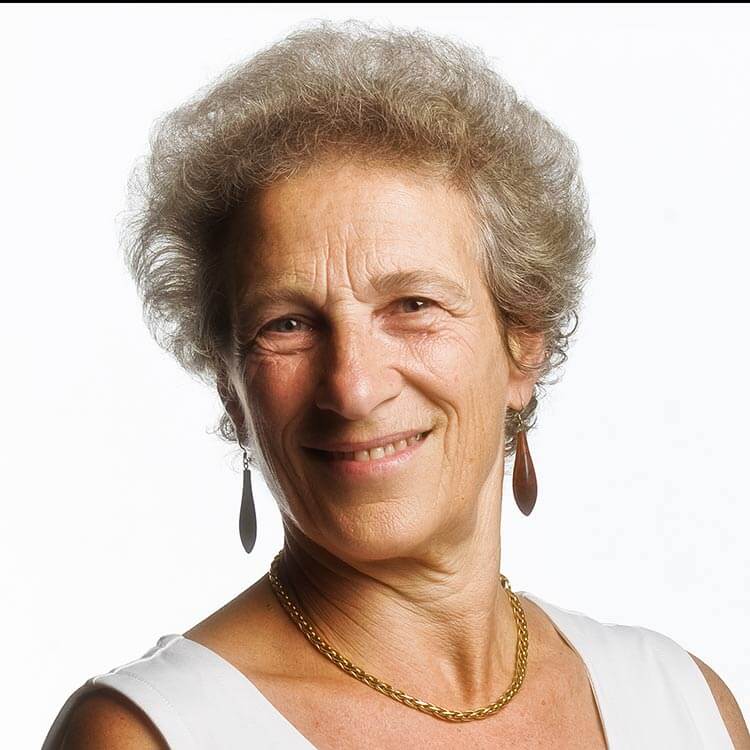Search
Showing results for "aboriginal respiratory"
Research
Australian Aboriginal children have higher hospitalization rates for otitis media but lower surgical procedures than non-Aboriginal childrenAboriginal children and children from lower socio-economic backgrounds were over-represented with OM-related hospitalizations but had fewer TTIs

Research
The Impact of Pneumococcal Vaccination on Bacterial and Viral Pneumonia in Western Australian Children: Record Linkage Cohort Study of 469589 Births, 1996-2012We assessed the impact of PCV on all-cause and pathogen-specific pneumonia hospitalizations in Western Australian (WA) children aged 16 years.
Research
Australian Aboriginal Otitis-Prone Children Produce High-Quality Serum IgG to Putative Nontypeable Haemophilus influenzae Vaccine Antigens at Lower Titres Compared to Non-Aboriginal ChildrenNontypeable Haemophilus influenzae (NTHi) is the most common bacterial otopathogen associated with otitis media (OM). NTHi persists in biofilms within the middle ears of children with chronic and recurrent OM. Australian Aboriginal children suffer exceptionally high rates of chronic and recurrent OM compared to non-Aboriginal children.
Research
Changes in the FEV/FVC ratio during childhood and adolescence: an intercontinental studyIn children, the ratio of forced expiratory volume in 1 s (FEV₁) to forced vital capacity (FVC) is reportedly constant or falls linearly with age...
Research
Chronic wet cough in Aboriginal children: It's not just a coughResults highlight the need for a culturally appropriate information and education of the importance of chronic wet cough in children
Research
Australian Aboriginal children with otitis media have reduced antibody titers to specific nontypeable Haemophilus influenzae vaccine antigensdecreased serum IgG responses to NTHi outer membrane proteins may contribute to the development of chronic and severe OM in Australian Aboriginal children
Research
Antimicrobial susceptibility of Moraxella catarrhalis isolated from children in Kalgoorlie-BoulderTo investigate antimicrobial susceptibility of Moraxella catarrhalis isolated from a cohort of children being followed in a study of the natural history of OM
Research
Respiratory impedance and bronchodilator responsiveness in healthy children aged 2-13 yearsThere is limited information on changes in FOT outcomes in healthy children beyond the preschool years and the level of bronchodilator responsiveness (BDR)...
Research
The association between Staphylococcus aureus and subsequent bronchiectasis in children with cystic fibrosisDe novo S. aureus acquisition at age 3 is associated with later bronchiectasis and FEF25-75 in children with CF
